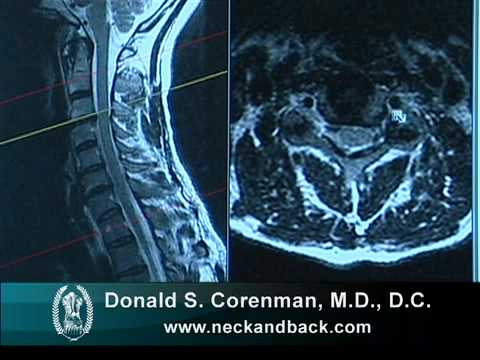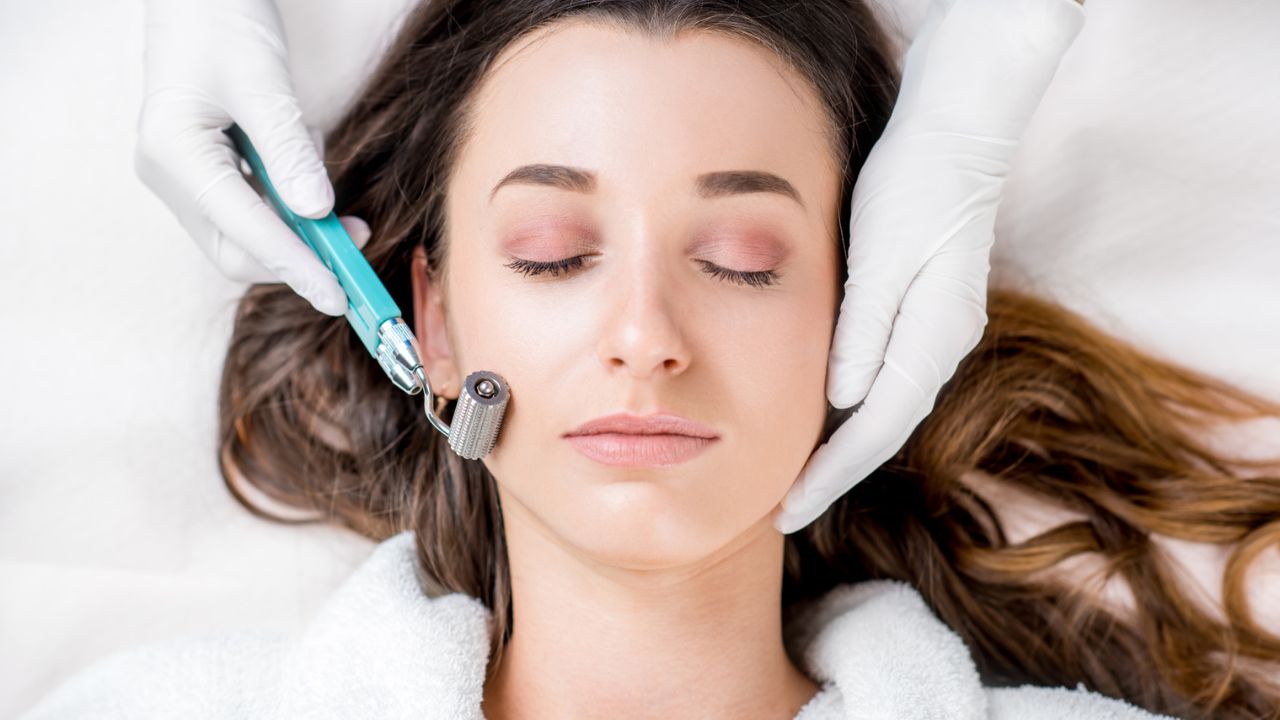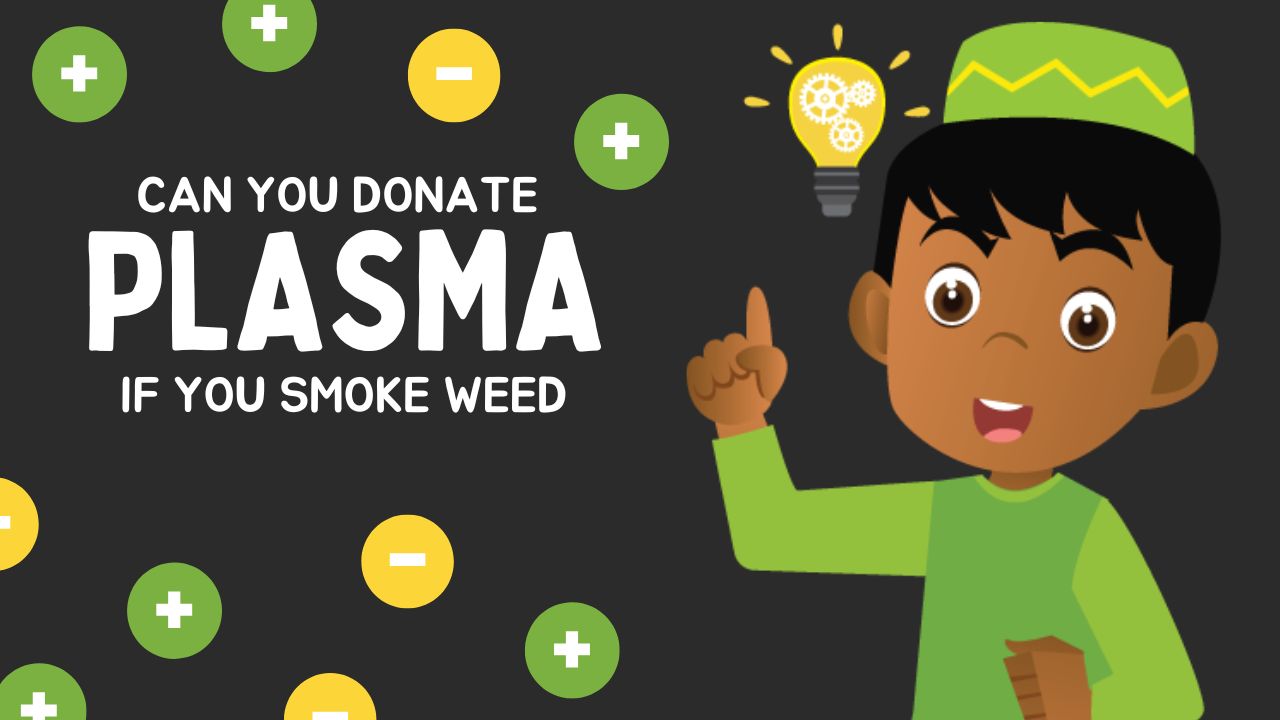Hair Loss Causes and Treatment
A disorder known as alopecia, which is another name for hair loss, is brought on by either an interruption in the natural cycle of hair growth in your body or injury to the hair follicles themselves. The structures within your skin that are formed like tunnels and from which your hair grows are called follicles. Each individual strand is connected to the skin via a follicle in some way.

As your hair progresses through its various stages, you will lose anywhere from fifty to one hundred strands of hair per day on average. However, if this cycle is disrupted in any way, it may cause your hair to fall out at a faster rate than it can grow back, which will ultimately result in alopecia. Although hair loss affects the scalp in the vast majority of cases, it is not limited to this area of the body and can take place everywhere in the human body.
The growth cycle of hair
To gain an understanding of the causes and mechanisms behind hair loss, let’s start by discussing the natural cycle of hair development. The production of new hair by hair follicles is not continuous. They are able to accomplish this by cycling through the following three steps at various times:
Catagen (transitional) phase
The catagen phase is a brief transitional phase that your hair follicles enter after the anagen phase. This phase is known as the resting phase. This phase marks the end of active hair development and is responsible for the reduction in the size of hair follicles. It often lasts between one and two weeks.
Telogen (resting) phase
The telogen phase is a resting phase that hair follicles go through before beginning the process of creating new hair fibers. It usually lasts for between three and four months. Approximately five to ten percent of your hair will be in this phase at any given moment. Your hair will shed from its follicle just before it goes back into the growth phase of its cycle.
Anagen (growth) phase
It is during this period when your hair follicles are actively dividing the most, which results in an increased amount of new hair growth. This stage can span anywhere from two to five years on average. It is estimated that between 80% and 90% of healthy hair follicles are in this stage at any given moment.
Hair loss factors
There are a lot of different things that might cause hair loss. The factors that cause hair loss are what determine whether or not your hair can grow back on its own, such as the following:
High-stress levels
A body under stress can drive hair follicles to remain dormant for a generally long period of time, which finally leads to them falling out. Telogen effluvium (TE), also known as stress-induced hair loss, is temporary and reversible and lasts for up to 6 months.
Hair loss brought on by stress has the following causes:
- Illness, similar to COVID-19 Grief
- Financial difficulty
- an end to a relationship or divorce
- having a baby
Nutritional problems
Your hair’s architecture and growth could be severely harmed by a poor diet. Significant hair loss can be brought on by a lack of vital nutrients such as proteins, iron, zinc, vitamins B3, E, and D, as well as B3, E, and D. Thus, maintaining a consistent, healthy diet is essential.
Inherited hair loss
The most frequent cause of baldness, according to the American Academy of Dermatology, is inherited hair loss. Hereditary alopecia is also known as androgenic alopecia. Male pattern baldness or female pattern baldness are common names for this type of regular hair loss.
The androgen receptor gene is in charge of this particular sort of hair loss. This gene increases the activity of the androgen receptor, which raises the levels of androgen. Hereditary hair loss, in contrast to telogen effluvium, is permanent if untreated in a timely manner.
Long-term hair loss is also a result of some poor hair habits, such as:
- Women may sport haircuts that frequently tug on their hair, resulting in traction alopecia, or bald areas. Your hair will become continuously damaged by hairstyles like tight braids, wet messy buns, and high, tight ponytails.
- Hot styling tools that are used excessively tend to dry out, which makes them more brittle.
Trichotillomania
An uncontrollable need to pull hair from your scalp or other body parts results from this mental health issue. These individuals pull their hair inappropriately to deal with unpleasant emotions including tension, boredom, or anxiety.
Areata alopecia
Alopecia areata is a disorder that develops when your immune system vehemently opposes acknowledging your hair follicles as a part of your body. Surprisingly, hair loss is usually not permanent because the follicles still have the capacity to produce new hair. Chemotherapy medicines, for example, can inhibit hair growth and result in hair loss.
Gender
The American Hair Loss Association estimates that by the age of 50, 85% of males will have noticeable hair thinning. In contrast, according to a study, up to 40% of women will noticeably lose hair by the age of 50.
Different hair loss tendencies according to gender
The patterns of hair loss in men and women are very different from one another. The front and sides of the head are typically the first areas affected by hair loss in guys. Therefore, a receding hairline is one of the very first symptoms that a man is beginning to experience male pattern baldness.
In the contrast, a receding hairline in a woman is much less common. Loss of hair in women typically starts at the part line and then progresses to a more diffuse pattern that spreads from the crown of the head downward.
When should I see a doctor?
If you wake up with a lot of hair on your pillow or see a lot of hair going down the drain as you shower, it’s time to make an appointment with your primary care physician because you may be experiencing abnormal hair loss. In order to receive an accurate diagnosis and prompt treatment, you need to talk to a dermatologist who is board-certified.
What is the hair loss treatment?
If your hair loss is caused by an underlying issue, treating the underlying issue can help slow down the rate at which your hair is falling out. Medication, surgical procedures, laser therapy, and preventative measures are among the forms of treatment available for hair loss.
Surgery
The procedure known as “hair transplant surgery,” often known simply as “restoration surgery,” involves repairing the bald spots on your scalp by transplanting micro grafts of hair from a donor to the areas that are lacking hair.
Medications
In many cases, the initial stages of treatment involve taking medications such as minoxidil (Rogaine) and finasteride (Propecia). Minoxidil is a medication that is not approved by the Food and Drug Administration that can be found in liquid, foam, and shampoo forms. Finasteride is a drug available only with a doctor’s prescription that reduces the levels of hormones in your body that, if left unchecked, could lead to hair loss.
Olumiant is an additional medicine that has been granted approval by the Food and Drug Administration (FDA) that is used to help people with severe alopecia areata calm down their overactive immune systems.
Preventive measures
Keep in mind that prevention is always preferable to treatment. Therefore, make sure to start taking the following precautions as soon as you start seeing hair loss:
- Pay attention to how you style your hair. If you’re a woman, style your hair loosely in braids or buns.
- Reduce the use of heat styling.
- Master stress management.
- Consume a consistent, balanced diet that is rich in vitamins and minerals.
- At least five minutes at a time, several times per day, give your head a massage. According to research, massaging your scalp can stimulate your hair follicles and increase hair growth.
Laser therapy
The use of low-level laser therapy can help enhance the growth of hair by stimulating the hair follicles.
- Your Ultimate Guide to Travel Insurance for Adventure Sports
- A Guide to Renters Insurance for Pet Owners: Pet-Proof Your Policy
- Safeguard Your Future: Understanding Identity Theft Insurance
- Safeguard Your Event: Understanding Event Cancellation Insurance
- Everything You Need to Know About Critical Illness Insurance Riders
- Home Equity Loans vs. HELOCs: Which is Right for You?













One Comment